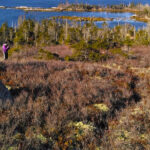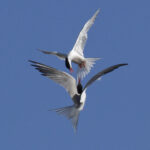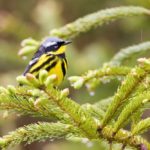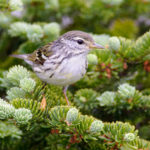Canso Coastal Barrens, a rugged expanse
01 Apr 2025
The Canso Coastal Barrens hold many of the dramatic and rugged landscapes that Nova Scotia’s coastline is known for, and a newly protected property will ensure that more of this special region will stay wild forever.
Located within the Mi’kmaw district of Eskikewa’kik, this area is particularly appealing for conservation efforts not only for overall coastal conservation and species at risk but also because of the intact state of much of its landscape. The Nature Trust began working in this region last year with the protection of Harbour and Prices Islands, and the new lands, immediately adjacent, build a strong foundation for this growing focus area.
The new Canso Coastal Barrens property encompasses 106 acres of land on Whitehead Harbour on the eastern shore near Canso. It is an inholding within the Canso Coastal Barrens Wilderness Area, so its protection ensures the ecologic integrity of the wilderness and builds landscape connectivity for the coastal landscape and bird habitats.
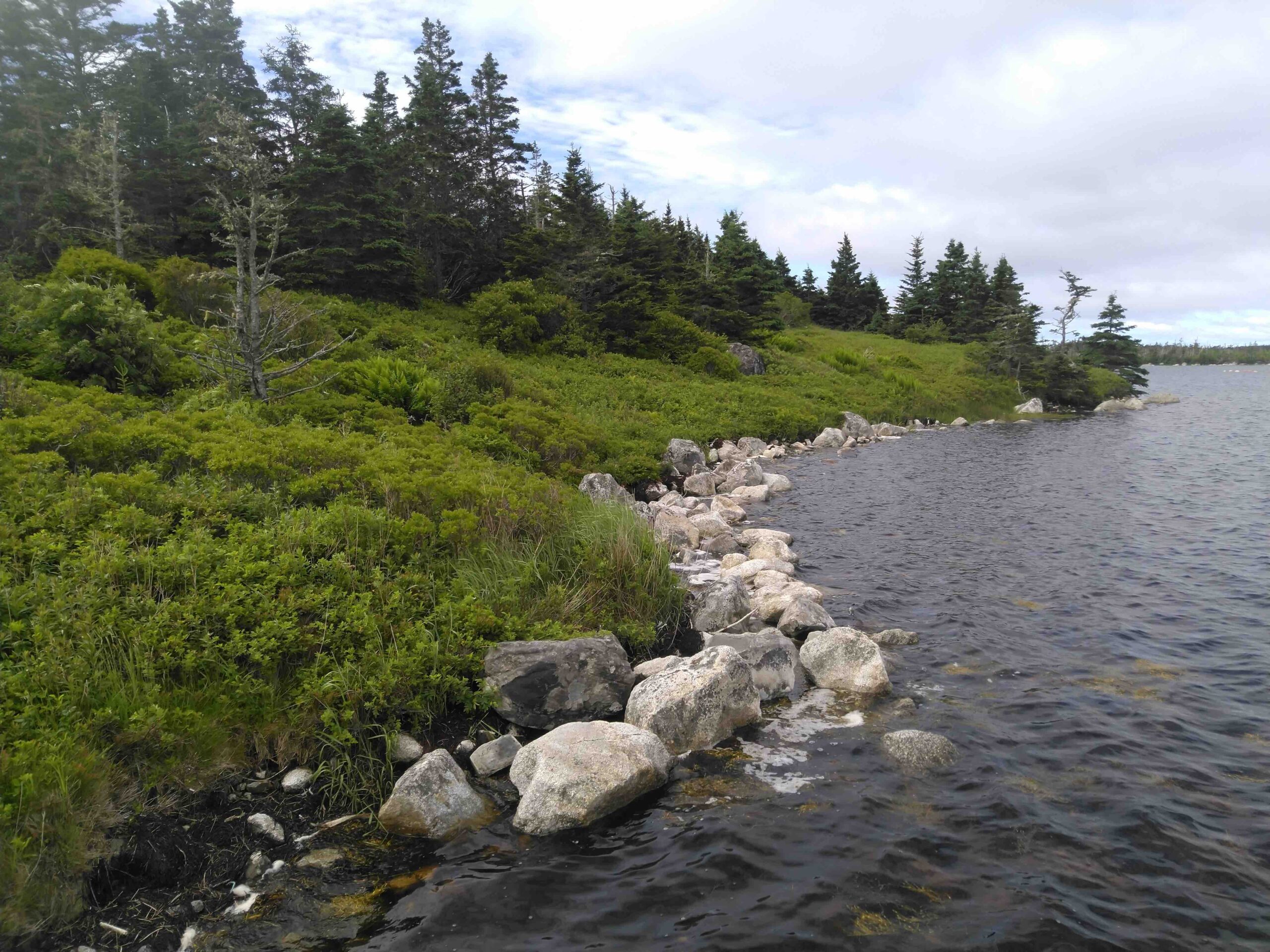 Like the lands throughout this area, the property boasts dramatic granite bedrock barrens, softwood forest, and peatlands. It also holds breeding habitat for several priority species identified in Nova Scotia’s Bird Conservation Strategy, including Boreal Chickadee, Common Tern, and Black-and-White, Magnolia and Blackpoll Warblers. It also holds uncommon vegetation like Northern Blueberry, a low-bush blueberry species that thrives in rocky windswept conditions like the coastal barrens.
Like the lands throughout this area, the property boasts dramatic granite bedrock barrens, softwood forest, and peatlands. It also holds breeding habitat for several priority species identified in Nova Scotia’s Bird Conservation Strategy, including Boreal Chickadee, Common Tern, and Black-and-White, Magnolia and Blackpoll Warblers. It also holds uncommon vegetation like Northern Blueberry, a low-bush blueberry species that thrives in rocky windswept conditions like the coastal barrens.
Canso Coastal Barrens was donated to the Nature Trust by Jane and Jim Robson. The land had come to them through Jane’s parents, who bought it in the 1960s. Jane notes that “they were wholeheartedly in love with the area, and of course that passed on to us being in love with it too!” Jane and Jim had talked for many years about giving the property to a land trust to conserve, but a serendipitous meeting at a party just over a year ago with another Nature Trust land donor inspired them. When they got home from the party, Jane recalls, “Jim said to me, I think the time is now! And I said, without having to think twice, yes. It was the easiest decision we’ve ever made, and it’s filled us with a sense of quiet pleasure and happiness and rightness.”
“It’s such a spectacular part of Nova Scotia,” says Jim, “and we’re so thrilled that it’s going to be permanently kept in that condition. For anyone thinking of doing this, it is such an important thing to make sure that these kinds of areas remain available to everyone.” Jane adds, “And the amazing fact that the piece of land just fits like the missing piece of a jigsaw puzzle with land that’s already protected – I mean wow, that’s really great.”
“The whole area is so beautiful and so special,” she continues. “The idea that it’s going to be protected in perpetuity means so much. It doesn’t get any better than that.”
The Robsons made their generous gift through the Canadian Ecological Gifts program (Ecogifts), which offers significant tax incentives for gifts of ecologically important land.

This project was undertaken with the financial support of the Government of Canada through the federal Department of Environment and Climate Change.
The Nova Scotia Nature Agreement is a project of the Province of Nova Scotia. Working with conservation partners, the goal is to increase the amount of protected and conserved areas and advance an integrated approach to the protection, conservation and recovery of biodiversity, including habitat, species at risk and migratory birds, in the Province. The Nova Scotia Nature Agreement is funded by Environment and Climate Change Canada, through the Canada Nature Fund.
And thanks to all of our generous Nature Trust donors, whose support makes the protection of Canso Coastal Barrens and all of our other conservation achievements possible.

